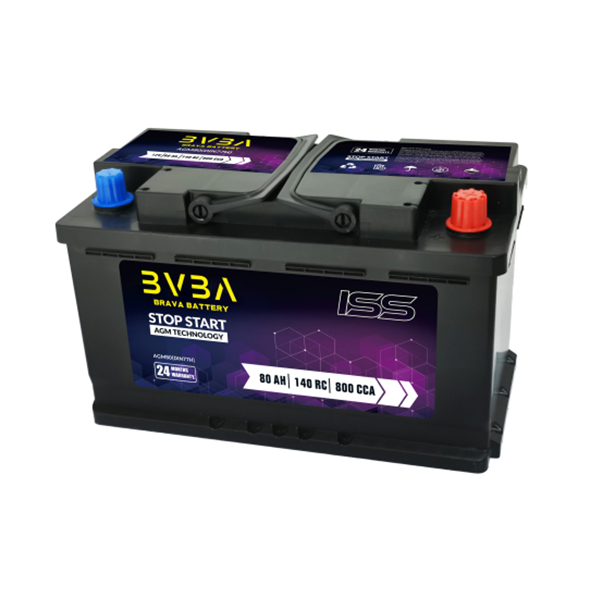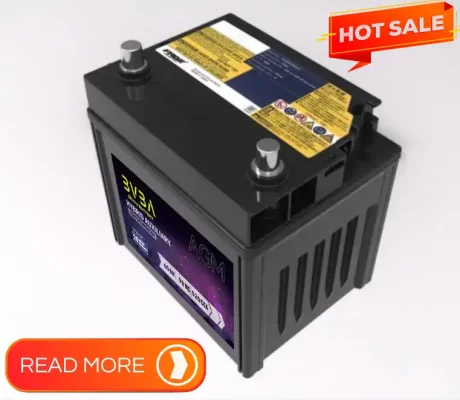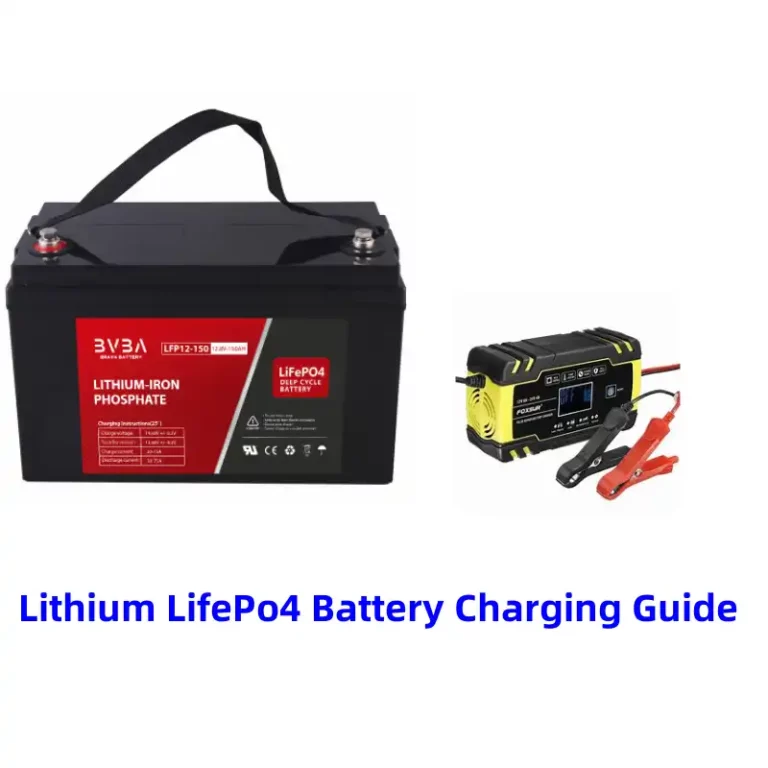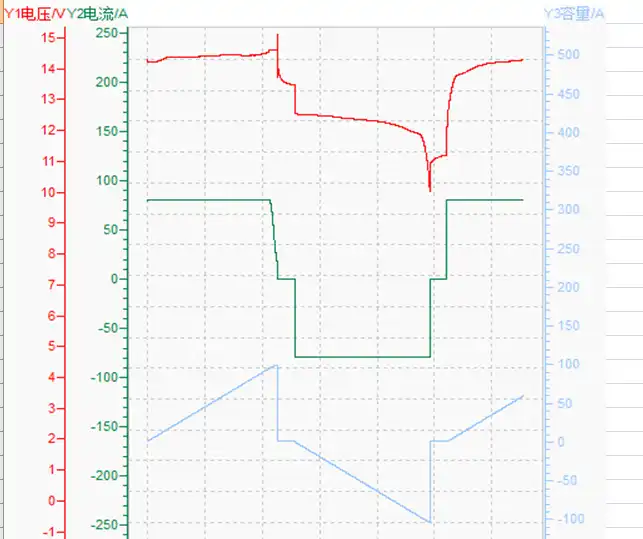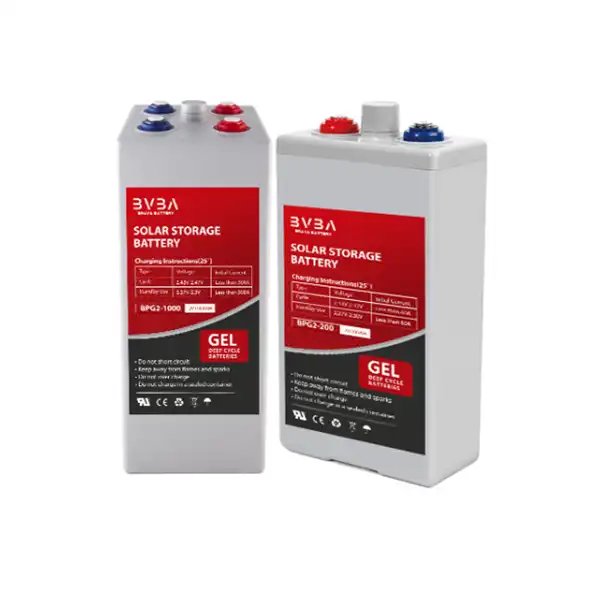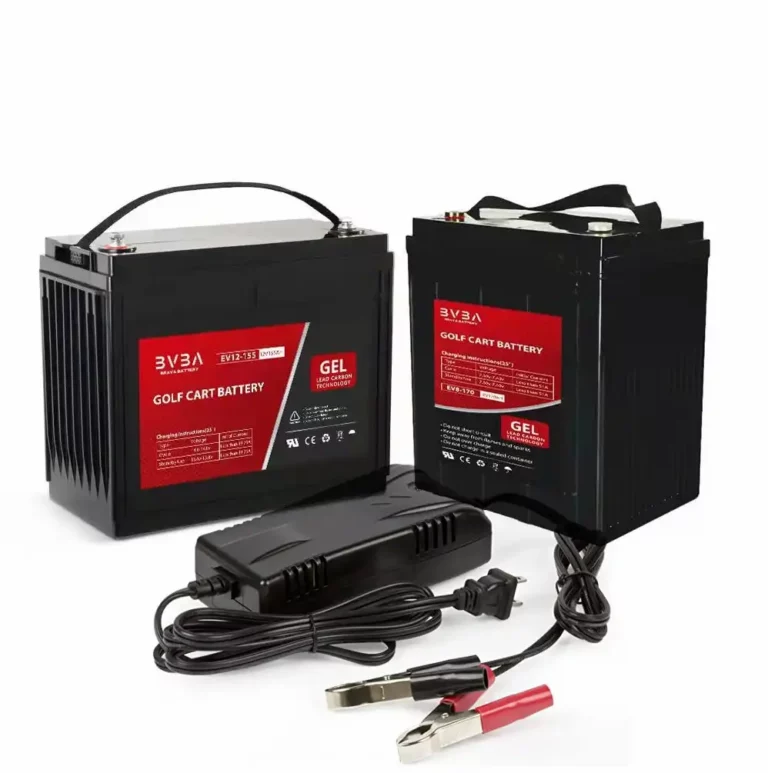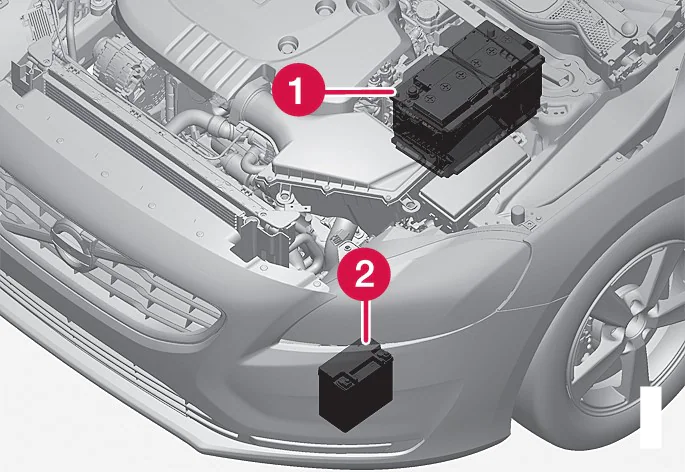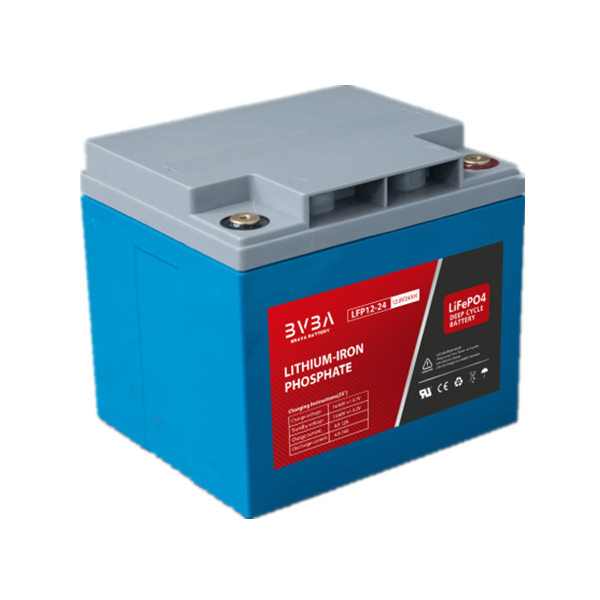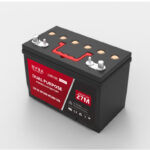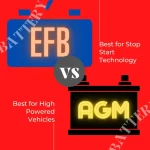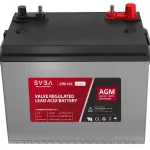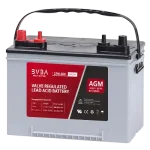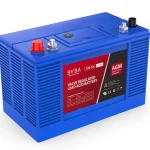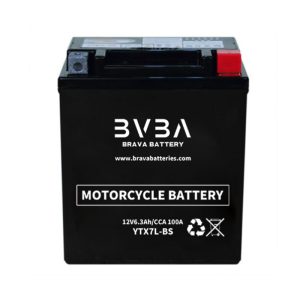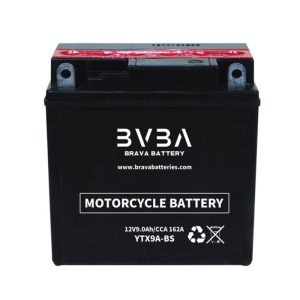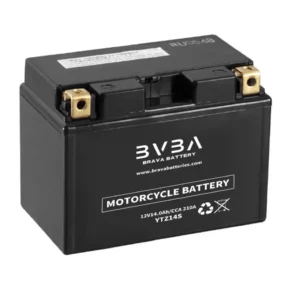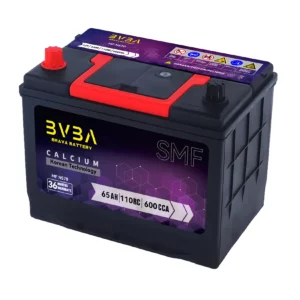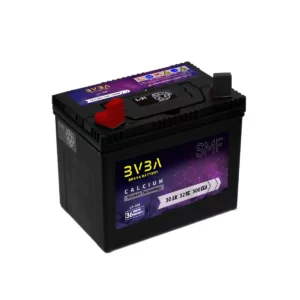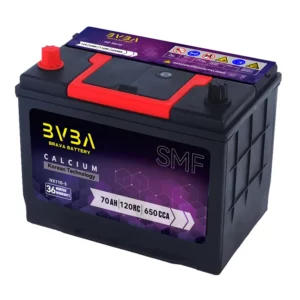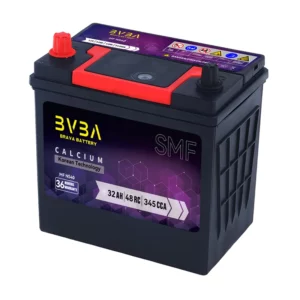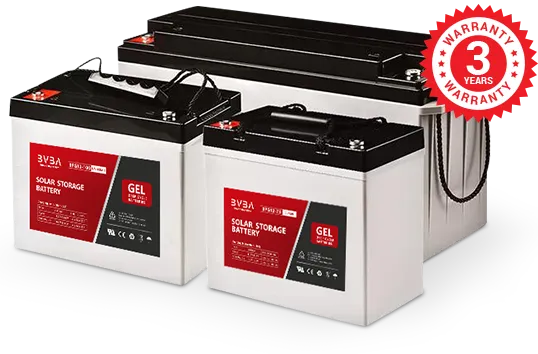The lead-acid battery hasn’t changed much in 160 years.Since it was invented in 1859, the same 160-year-old technology(car battery) still starts your car and nearly every car around the world, with minor changes here and there. It’s still thin lead plates, sulfuric acid and water (plus a durable, polypropylene case.) Small tweaks and adjustments played out over the years. Some are even sealed so you don’t need to add water.
Despite these tiny developments in across a century and a half, French physicist Gaston Planté could step out of a time machine and still recognize his invention in 92.4% of the US automotive market. He might be surprised how little the lead-acid battery changed in 160 years.
Because everything else has.
What sparked the next generation of car batteries?
Driving in 2019 just isn’t the same experience it was in 1969.
Touchscreens. Artificial intelligence-assisted driving. Seat warmers. Vehicles capable of fuel economy fuel economy in the high 20s to mid-30s. Autonomous driving. Auto-tensioning seat belts. Start-stop engines. Remote starting, even phone-operated starting. Backup cameras with calculated guidance routes. Satellite-connected radio and wireless-fidelity internet connections. Bluetooth-enabled sound systems to play music from your smartphone (which you barely use for calls anymore. Poor Alexander Graham Bell.)
Here’s the problem: Planté’s lead-acid battery can’t handle all those power needs for long.
Lead-in-acid batteries used to fit the bill for cars because they can throw a lot of electricity into a starter in a short burst. They’re also inexpensive to make. However, a standard, flooded battery can’t run a light bulb for more than a couple hours in one stretch. Much less your air conditioning.
The next generation of batteries can. Enter the absorbed glass-mat (AGM) battery.
What is an AGM Battery?
An AGM battery is a car battery designed for two jobs: delivering powerful bursts of starting amps and running electronics for a long time.
And here’s the big deal: They tend to last longer than a regular flooded battery.
The acronym stands for “absorbed glass mat” and that’s one of many improvements made to Planté’s original train light battery. Glass mats, cushioning the ultra-thin lead plates, will squish like a sponge. In turn, manufacturers can squeeze more glass mats and lead into one battery. More lead equals more power. Plus, that squish factor means the battery’s insides are packed tightly.
AGM batteries also have valves regulating the amount of hydrogen and oxygen gas allowed to escape during charging. They fall under a broader category of valve-regulated, lead-acid (VRLA) batteries, typically used for storing a lot of power for a long time or for long-running power uses.
Developed in the late 1970s, AGM batteries mostly served as backup power for telephone boxes and early computer rooms. Their use expanded over the decades to include motorcycles, military, aircraft, submarines and power banks for offices.
Now, they’re showing up in everyday cars and trucks. Why? What’s the big difference between AGMs and a standard, flooded battery?
What’s the Difference Between an AGM and a Regular Car Battery?
AGM car batteries have unbeatable advantages over standard, flooded batteries:
- More starts per battery
- Faster recharging
- More durable construction
- Safer to handle
- Special valves protecting the battery’s lifespan
Over the course of their lifespan, AGM batteries can start an engine more than 60,000 times. That’s more than three times the starts you’ll get out of a conventional battery.
And AGMs recharge faster than typical batteries. Starting your engine depletes your battery only a small amount before the alternator takes over. When it does, the alternator recharges the battery — and keeps all the electrical components running in the car.
Because of their absorbed mats, AGMs withstand shaking and vibration better than typical batteries. They’re also listed as spill-proof, meaning the regulations are more relaxed about transporting them by air or by road.
This might sound like marketing hype. Instead, it’s just science.
Here’s how AGMs work.
How AGM Batteries Work
The superpowers of an AGM battery come from two novel additions to Planté’s invention and a host of small design changes that fundamentally expand what car batteries can do.
First, a valve prevents evaporated water from leaving the battery case. This might not sound like much more than the inverse of the one-way valves on coffee bean bags.
But this little trick is the secret to an AGM’s long life. Here’s how.
Its fundamental chemistry is still based on lead, sulfuric acid and water. When you draw power, the acid molecules move to the lead plates, leaving water and lead sulfate. You are removing the sulfuric acid from the solution to enable a chemical reaction between the paste on the plates. This process is reversed when you charge the battery.
However, there’s always a chance some water loss can happen when electricity splits H2O into hydrogen and oxygen gases. Losing those water molecules means the electrolyte stays more acidic than usual — cutting into the potential strength of the chemical reaction on the plates, and ultimately shortening the life span.
The AGM’s valve stops those gases from leaving.
Except if you’re overcharging the battery. When you use the wrong charger for an AGM, the current must pass through anything it can. That means breaking up more water molecules and building up too much gas inside. That’s when the safety mechanism kicks in, releasing some gas to reduce the pressure built up inside the battery.
Second: fiberglass mesh mats. They are the GM in AGM (absorbed glass-mat) batteries.
Ultra-thin glass fibers soak up all the electrolyte (water and sulfuric acid) into thin pillows cushioning the lead plates. Instead of the free-flowing liquid inside of a regular car battery, the AGM carries its charge in soaked sponges coating the lead plates. The glass mats’ complete coverage makes it easier to summon more power from an AGM battery — and make it easier to recharge.
In power, speed, long life and durability, the AGM battery has standard batteries beat.
So, why are AGMs in fewer than 9% of the cars on American roads?
Driving evolved. So have our expectations.
Today, 91% of the cars on the road don’t need an AGM battery.
However, AGM batteries won’t stay in the fringes for long. Proud owners of these advanced batteries are on American highways.
They just don’t know it until they drive into a shop. (Do you know which battery goes into your car?)
Hybrid electric vehicles and start-stop vehicles need an advanced battery to keep the air conditioning running, even if the engine turns off. So do vehicles with futuristic-level technology: lane-keeping assistance, pre-collision warnings, remote engine starting and keyless entry and ignition.
In 2014, you could count the number of vehicle models that needed an AGM battery on your two hands.
Today, at least 15 million vehicles from their manufacturer are equipped with an AGM battery. Plenty of 2015 and 2016 models still use a standard battery, but more and more vehicle models are employing always-on tech. That means battery power. And that’s an AGM.
However, consumer expectations rarely stand still. The more that we expect from our phones, the more we expect from our cars.
Safety, reliability, comfort always mattered to drivers. Technology and new inventions merely expand how engineers and car companies express these values.
How might tomorrow’s tech look in these cars? Auto-buckling seatbelts. DNA-coded locks. Touchscreen windows. Engine parts using super-materials to avoid breaking or ever needing to be replaced. Maybe a flying-mode, too.
The possibilities are endless. As long as you have the right battery.
Tag in this article: #Battery
Tips: more detail information, for acid battery。

